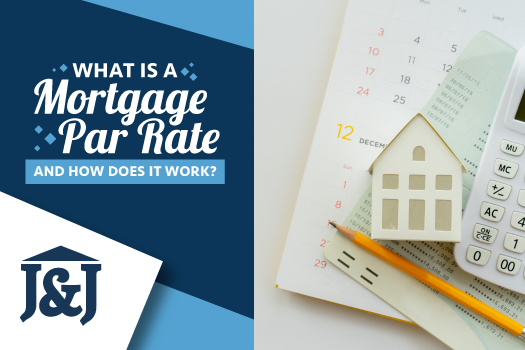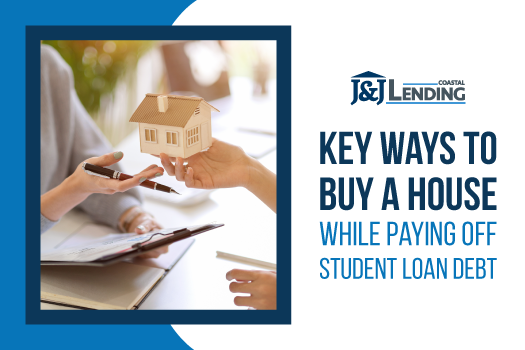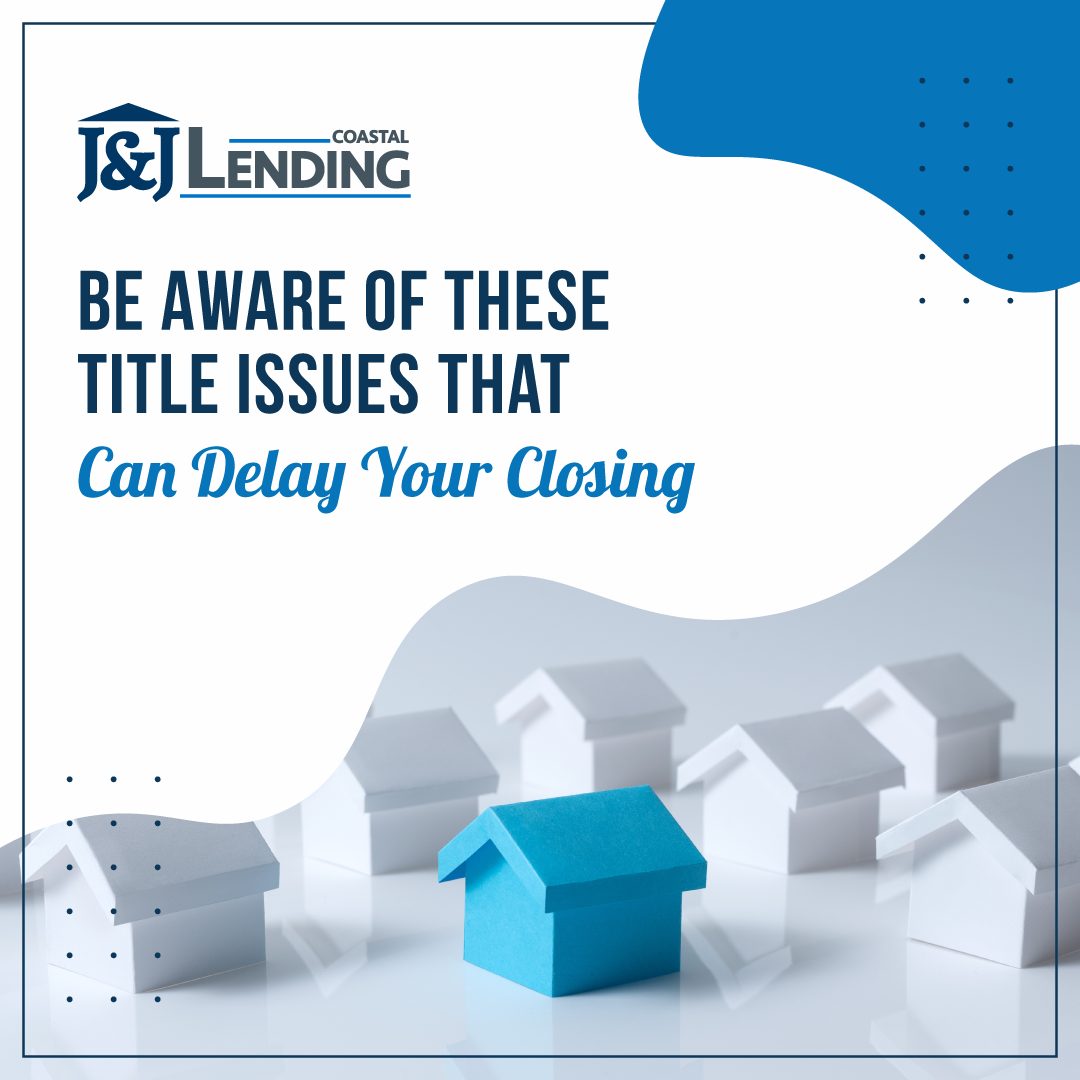Every homebuyer wants a low mortgage par rate because it can save them hundreds of…
Check To See If A No-Closing-Cost Refinance Is Right For You
A no-closing-cost refinance is just like it sounds. You refinance your home, and you pay no closing costs at closing. Instead, your closing costs are rolled into your new monthly payments.
If you are in the process of purchasing a home get pre-approved for a mortgage and you want to get a no-closing-cost mortgage to buy a home, you can only do so if that loan is with the FHA, VA, or USDA. By contrast, you can get a no-closing-cost refinance with any type of loan, providing the lender is willing to offer it to you.
The benefit of a no-closing-cost refinance is, of course, that, instead of coming up with an additional lump sum at closing to cover your closing costs, the lender breaks down those costs into smaller increments and spreads out their payments over a length of time. This makes it easier for you to get in the home faster or to buy a slightly more expensive home with less money upfront.
Closing Costs Generally Rolled Over
While you may not necessarily be able to roll all the closing costs of your refinance into your mortgage, the closing costs you typically can roll over in a no-closing-cost refinance include:
- Lender fees – Such as an application processing fee, loan origination fee, and prepaid interest on the first month’s mortgage payment
- Mortgage points – Also known as discount points, which you pay directly to mortgage lenders, such as those in Huntington Beach, to “buy down the rate” or lower your monthly payment and interest rate
- Homeowner fees – Such as homeowner’s association fees and escrow for property taxes and homeowner’s insurance
- Third-party fees – Such as appraisal fees, title insurance fees, and credit score report fees
The Cost of a No-Closing-Cost Refinance
When you opt for a no-closing-cost refinance, you are unlikely to receive the lowest interest rate available. The reason is your lender will want to get back the money you didn’t have to pay back right away in closing costs.
You’ll also pay more in interest each month with a no-closing-cost refinance because the amount of your interest-applied principal will likely be higher than if you were to pay closing costs.
Is a No-Closing-Cost Refinance Right For Me?
If you intend to sell your home within around five years and move out or if you believe you’ll refinance again soon, then a no-closing cost refinance may be wise since the higher interest rate will cover those deferred closing costs within that five-year time frame. By the time those costs are covered, you’ll ostensibly be moved out or have refinanced again before you start paying additional higher interest that isn’t going to cover deferred closing costs.
A no-closing-cost mortgage may also be wise if you want to renovate your home and lack the funds to do it. In this instance, a no-closing-cost refinance may be a cheaper option than a cash-out refinance.
If you plan to live in your home for longer than five years and a loan to renovate your home is not required, then a no-closing-cost mortgage might end up being more costly than it’s worth.



